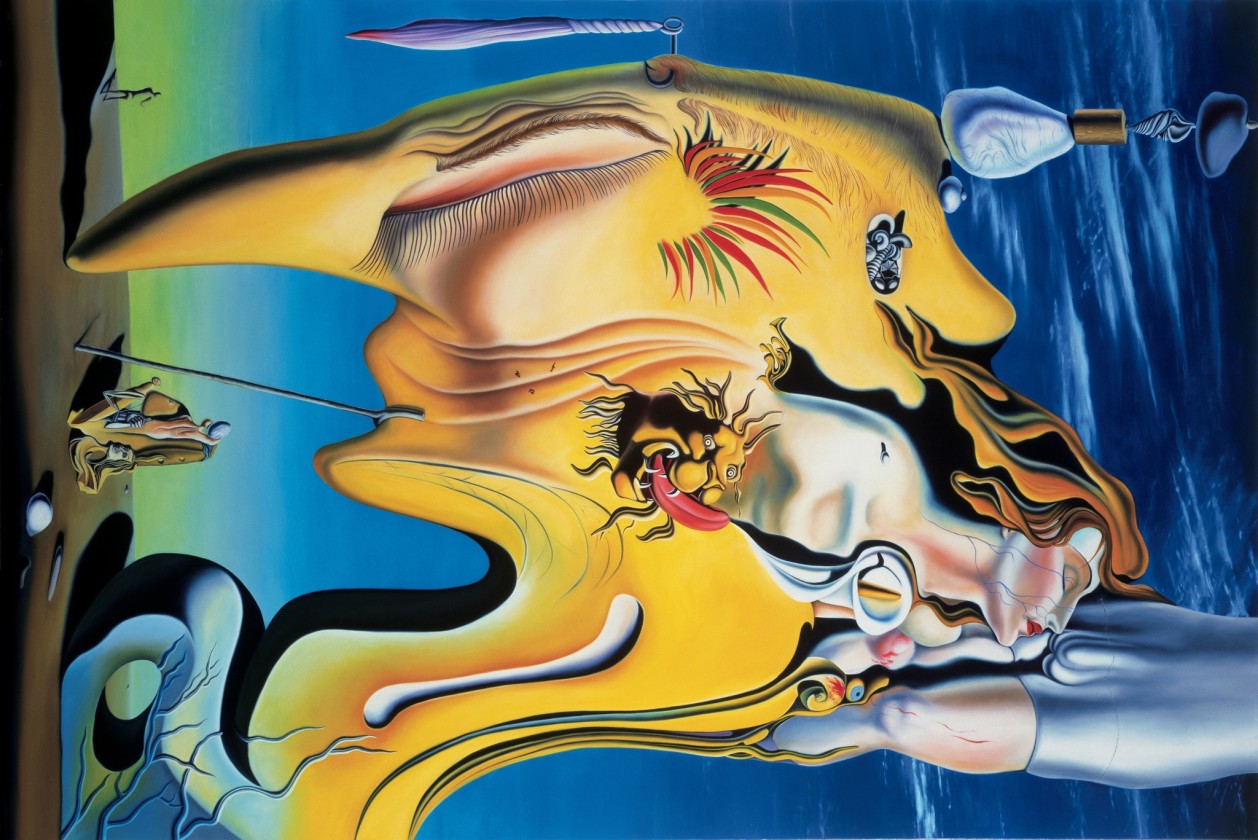Daydreams and Nightmares: gagosian.com; viewingroom.frieze.com; Gagosian Park Avenue, New York
We always want to see what is hidden by what we see. —René Magritte Gagosian is pleased to present Daydreams and Nightmares, a virtual exhibition of modern and contemporary works that engage with the genre of Surrealism. Select works will be presented on the Gagosian website from May through , and an additional selection will be made available in the Frieze Viewing Room between May 5 and 14, 2021.
In the early years of the twentieth century, as technological progress gathered pace and global populations were devastated by World War I and the Spanish flu, the impulse to analyze a newly complex emotional and intellectual landscape resulted in unorthodox artistic experimentation. A group of artists, influenced by Dada and other cultural forces such as psychoanalysis, began exploring the juxtaposition of disparate realities in their work. These artists, who eventually became known as “Surrealists,” following the publication of André Breton’s Manifesto of Surrealism in 1924, set out to examine the strangeness of everyday postwar life and the significance of subconscious drives, and pursued the Dadaist aim of dismantling rational thinking. Breton’s assertion of “pure psychic automatism . . . in the absence of any control exercised by reason” would transform the subsequent trajectory of literary and visual culture, inspiring a wide variety of creative responses to his call to action.
Today, Surrealism continues to fascinate and evolve as contemporary artists revisit these disruptive ideas. Daydreams and Nightmares considers the legacy of the original movement, and the ways in which its spirit of adventure and subversion of reality have progressed over the past hundred years to foster an ongoing dialogue between art and society.
Some of the featured artists employ innovative techniques to harness the unconscious, while others explore the “dream image” in representational painting. Giuseppe Penone’s Rovesciare i propri occhi (), whose title translates to “To reverse one’s eyes,” is a frontal self-portrait of the young artist in which his irises are covered with custom-made mirrored contact lenses that render him blind and offer the viewer a refracted distortion of the scene in front of him. In Nathaniel Mary Quinn’s fragmented painting Ostrich (), a set of enigmatic facial features is divided and overlapped, as though three different visages have been combined into a single image.
Other artists investigate alternative realities, uncanny visions, and mythical (or imagined) narratives. Man Ray’s iconic Larmes de verre () shows a woman’s expressive face as she cries spherical glass tears, eliding the difference between the organic and the mechanical. René Magritte’s Le Bon Temps () depicts a sliver of a human head balanced on a table, while the silhouette of a nearby male figure is blocked in with collaged sheet music, implying human presence in eerie transpositions. In Ellen Gallagher’s delicate watercolor and pencil composition Watery Ecstatic (), scientific imagery of marine life melds with imagined forms. As its title suggests, Daydreams and Nightmares considers two opposing aspects of fantasy: the oneiric reveries that extend into waking life, and the nocturnal terrors that haunt us after the sun goes down.
gagosian.com
viewingroom.frieze.com
Exhibition of selected works at:
Gagosian, 821 Park Avenue, New York 10021

